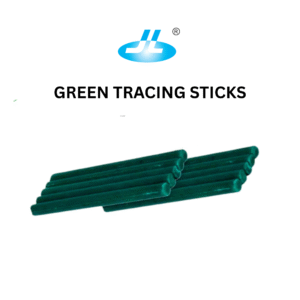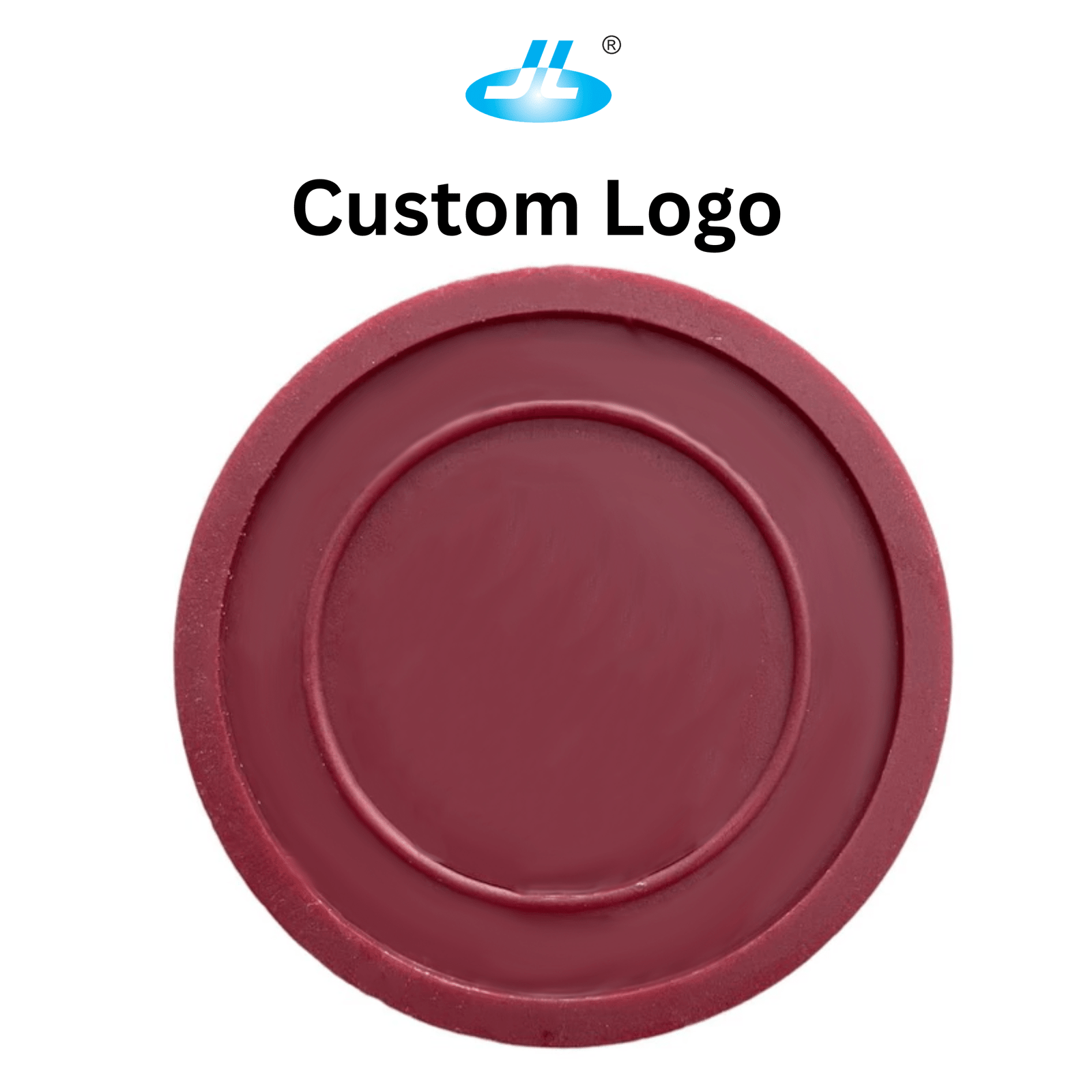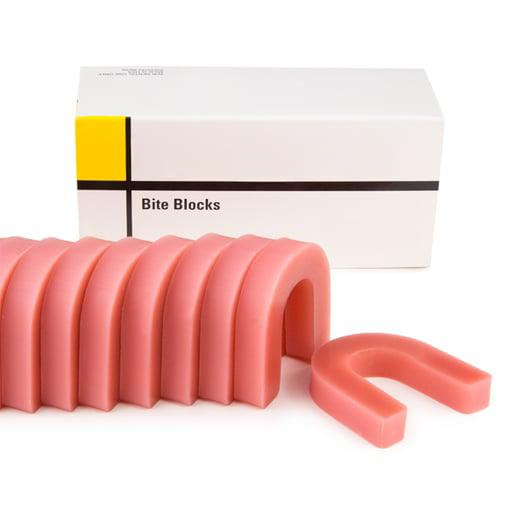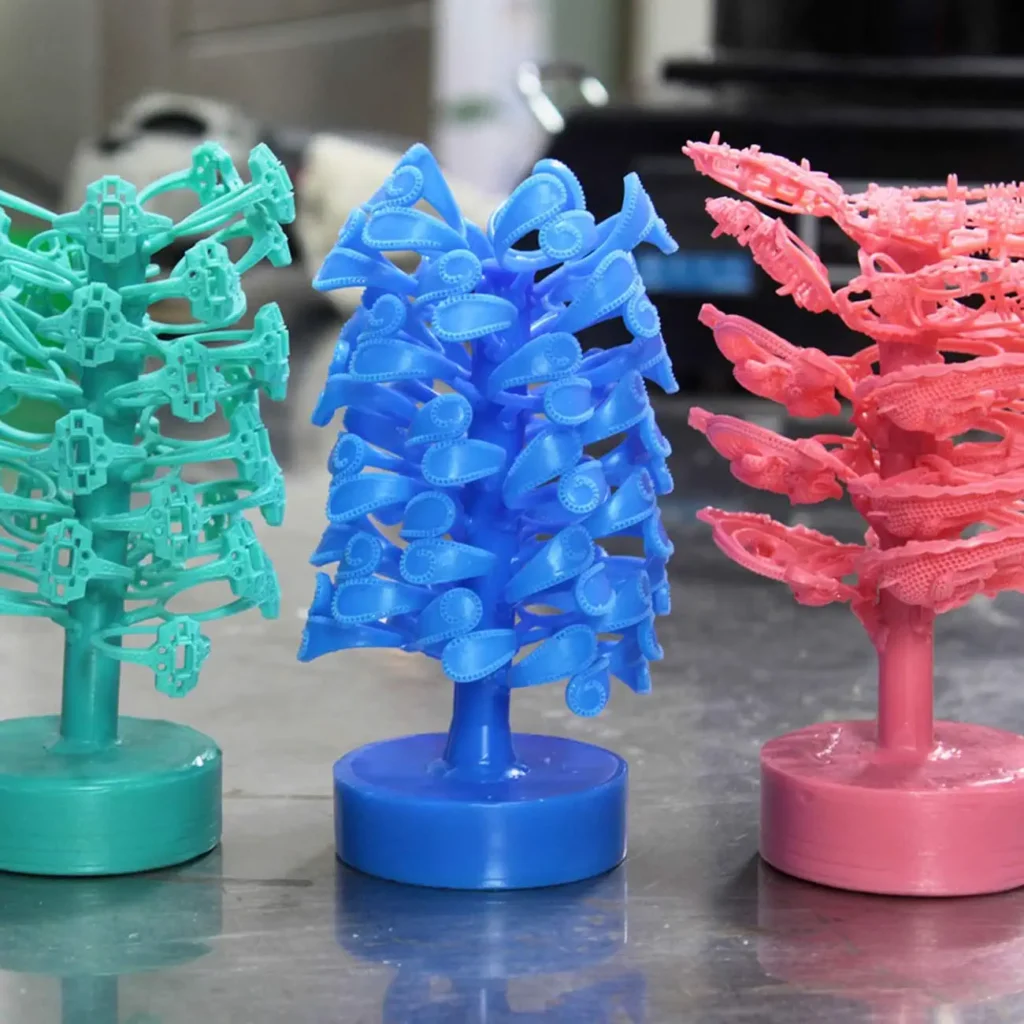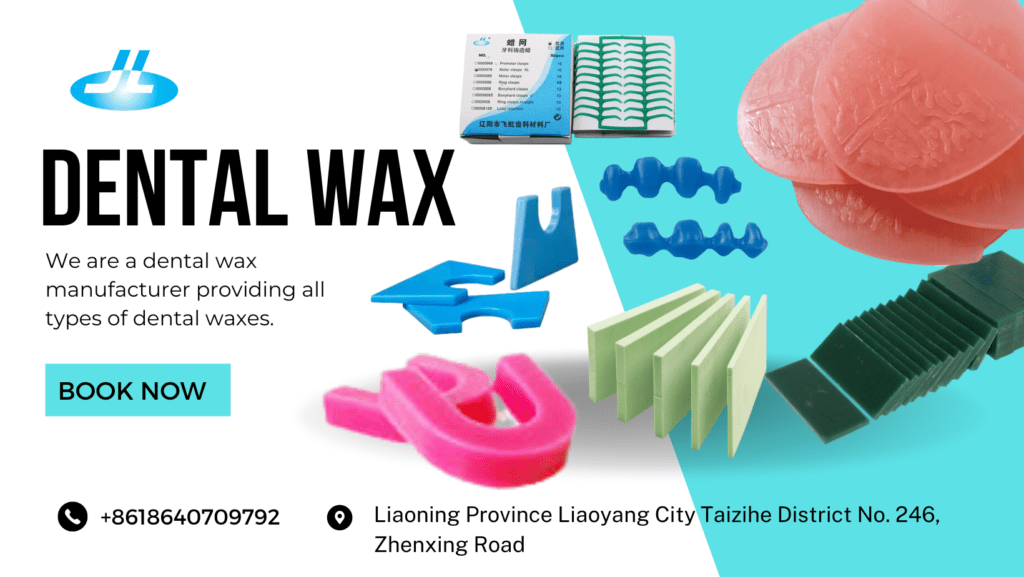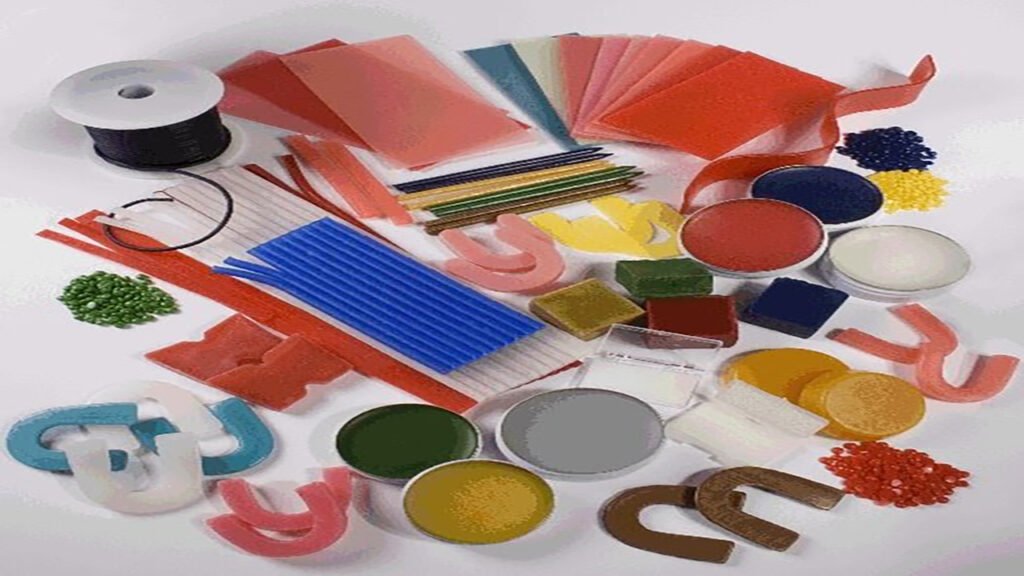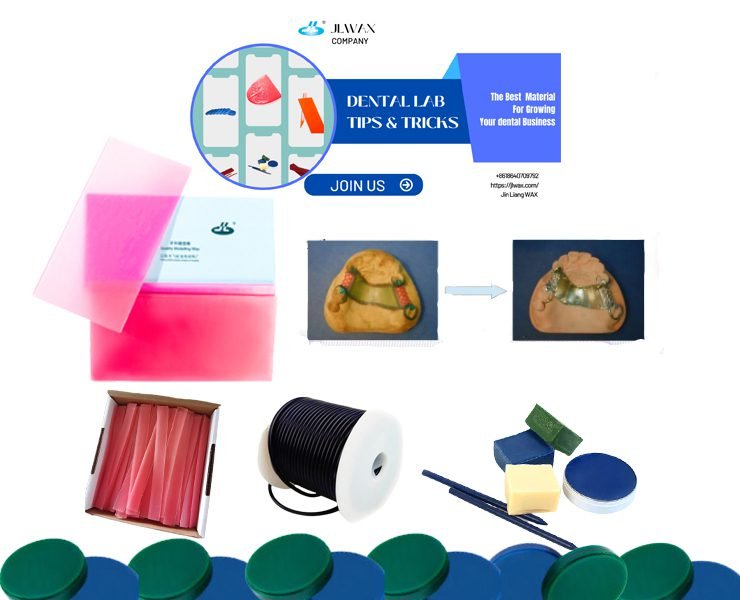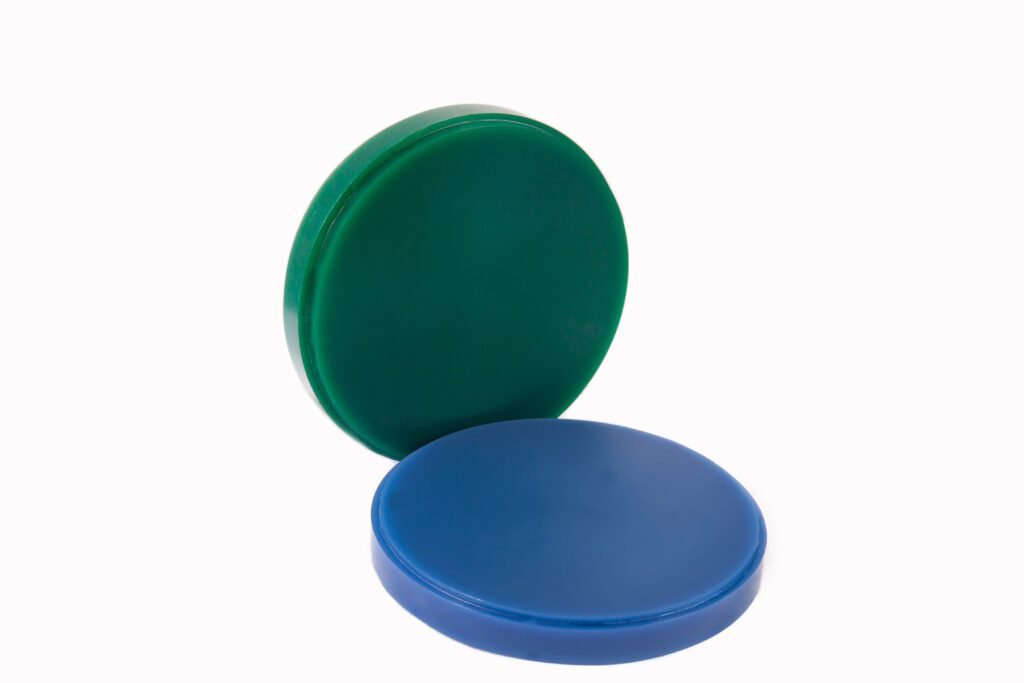Achieving Precision in Dental Restorations with High-Quality Carving Wax
Introduction In the field of dental restorations, precision and craftsmanship are essential for creating lifelike and durable prosthetics. Carving Wax is a critical material used by dental professionals for shaping, modeling, and refining dental restorations, especially in the creation of crowns, bridges, and other prosthetic devices. This article provides an in-depth overview of the specifications, benefits, and applications of high-quality carving wax, highlighting its importance in achieving superior dental results. What is Carving Wax? Carving wax is a specially formulated material used in the dental industry to model and sculpt precise patterns for restorations. It is designed to be soft enough for easy manipulation but firm enough to retain its shape during the carving process. Carving wax plays a vital role in the initial stages of dental restoration creation, providing dental professionals with a medium that can be easily shaped before being cast into metal, porcelain, or other durable materials. Key Specifications of High-Quality Carving Wax Advantages of Using High-Quality Carving Wax in Dental Restorations Applications of Carving Wax in Dentistry Best Practices for Working with Carving Wax Conclusion High-quality carving wax is an essential tool for dental professionals, offering unparalleled precision, ease of manipulation, and reliable performance. Whether used for crowns, bridges, orthodontic appliances, or implant restorations, carving wax allows dental professionals to create highly detailed and accurate patterns that serve as the foundation for durable and functional dental prosthetics. By selecting the right carving wax and following best practices, dental professionals can enhance the quality of their restorations and provide patients with the highest level of care and satisfaction. FAQ: Achieving Precision in Dental Restorations with High-Quality Carving Wax 1. What is carving wax, and how is it used in dental procedures? Carving wax is a material used by dental professionals to sculpt and shape precise patterns for dental restorations such as crowns, bridges, and dentures. It allows for easy manipulation to create detailed models, which are later cast into durable materials like metal or porcelain. 2. What are the different types of carving wax? Carving wax comes in various types, including: 3. What is the melting point of high-quality carving wax? High-quality carving wax typically has a melting point ranging from 60°C to 80°C (140°F to 176°F), allowing for gradual softening during the carving process. This controlled melting ensures that the wax is workable without becoming too runny. 4. What colors are available for carving wax, and why do they matter? Carving wax is available in several colors, such as yellow, pink, and blue. These colors help differentiate between wax types and improve visibility when sculpting, ensuring more accurate and precise detailing. The contrast in color also helps dental professionals spot mistakes or refine their work during the carving process. 5. What are the advantages of using high-quality carving wax in dental restorations? High-quality carving wax offers numerous benefits, including: 6. How does carving wax affect the final dental restoration? Carving wax is crucial in shaping accurate patterns that serve as the base for the final restoration. By using carving wax, dental professionals can ensure that the restoration fits perfectly, both functionally and aesthetically, reducing the need for further adjustments and enhancing the longevity of the restoration. 7. Can carving wax be used for temporary restorations? Yes, carving wax is often used to create temporary crowns, bridges, and other prosthetics. These temporary restorations are crafted with carving wax before the final, permanent restorations are made, providing patients with functional and aesthetically pleasing alternatives in the interim. 8. How should carving wax be stored? Carving wax should be stored in a cool, dry place, away from direct heat or sunlight, to maintain its optimal consistency. It should be kept in airtight containers to prevent contamination and drying out, ensuring that it remains usable for carving and sculpting. 9. How does carving wax burn out during casting? Premium carving wax is designed for clean burnout, meaning it completely melts away without leaving residue. This is crucial for achieving accurate and smooth casting, as any remaining wax can interfere with the casting material, compromising the final result. 10. How do I ensure the best results when using carving wax? To achieve the best results: 11. Is carving wax toxic? No, high-quality carving wax is manufactured using non-toxic materials, ensuring that it is safe for both the dental professional and the patient. However, it is important to follow safety guidelines when working with any dental material. 12. How can I prevent carving wax from becoming too soft or too hard? To maintain the ideal consistency, it’s essential to control the temperature during use. If the wax becomes too soft, it can be cooled slightly to firm up. If it’s too hard, gently warm it to the desired working temperature. Using wax heaters or warm water baths is recommended for precise temperature control.
Achieving Precision in Dental Restorations with High-Quality Carving Wax Read More »


